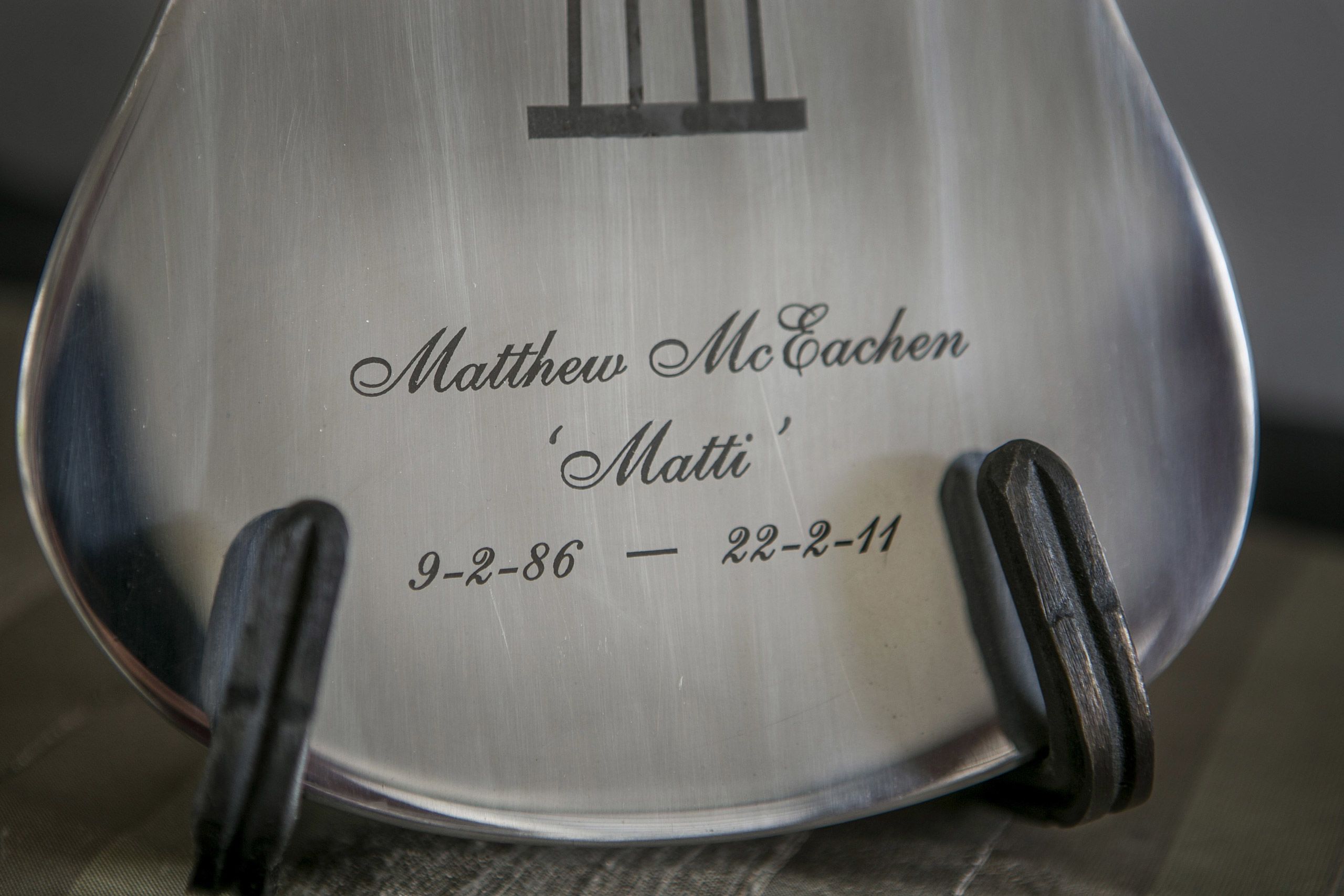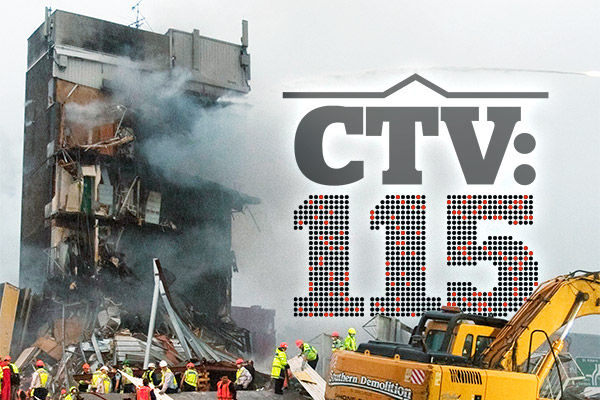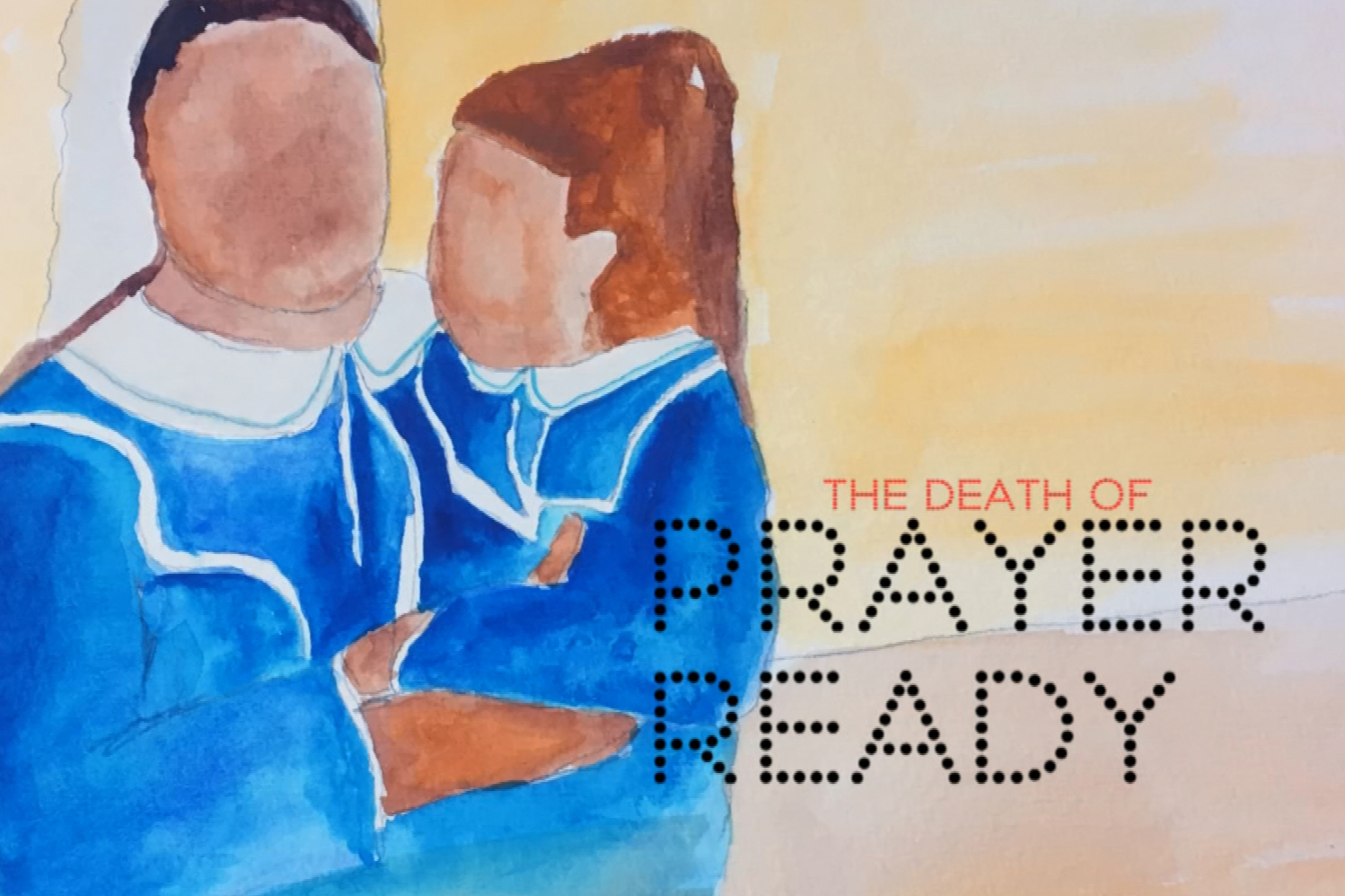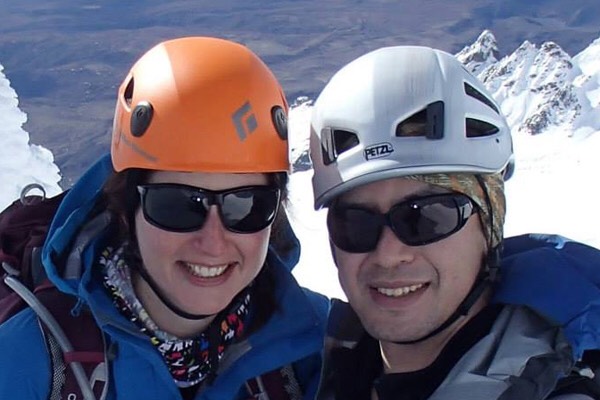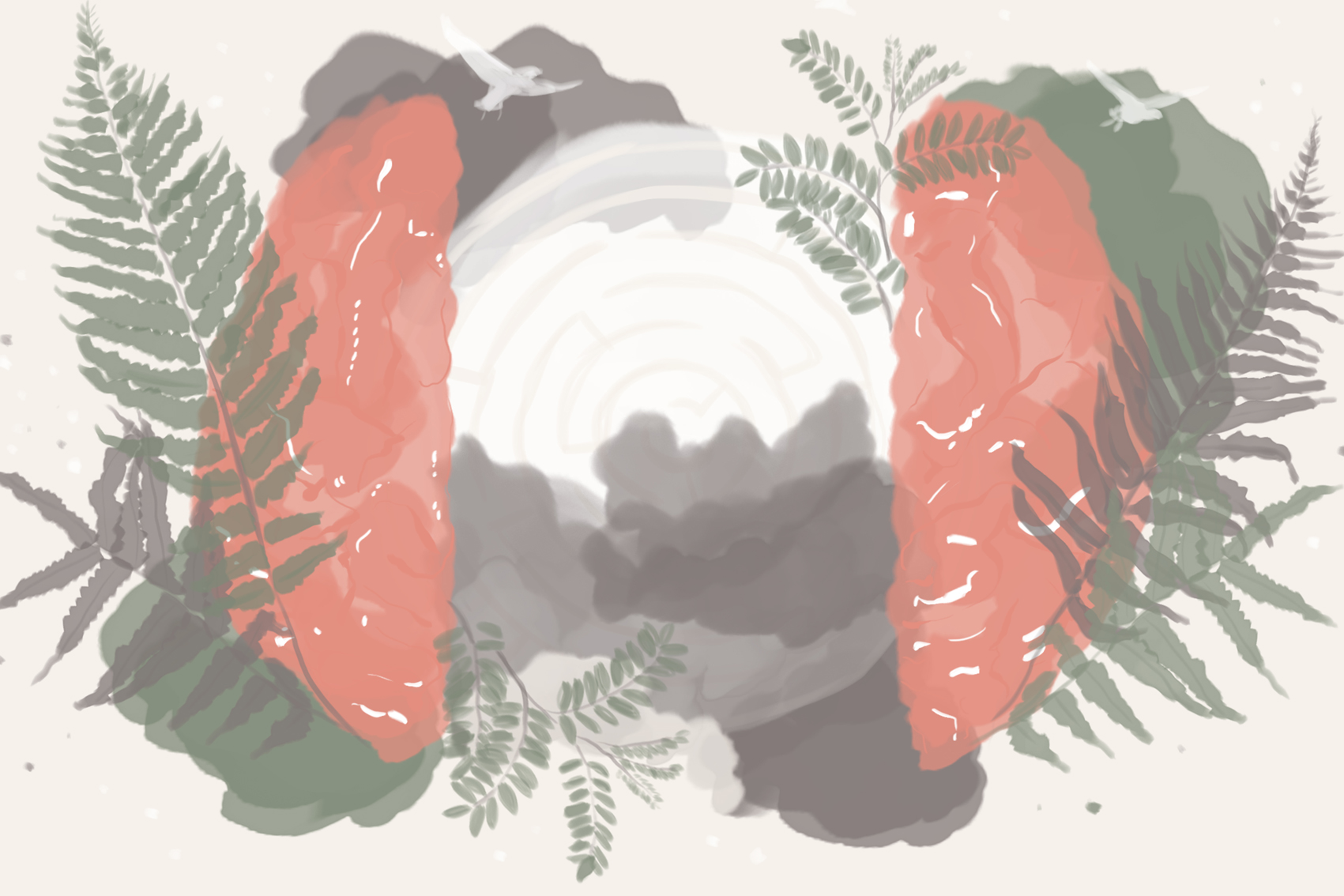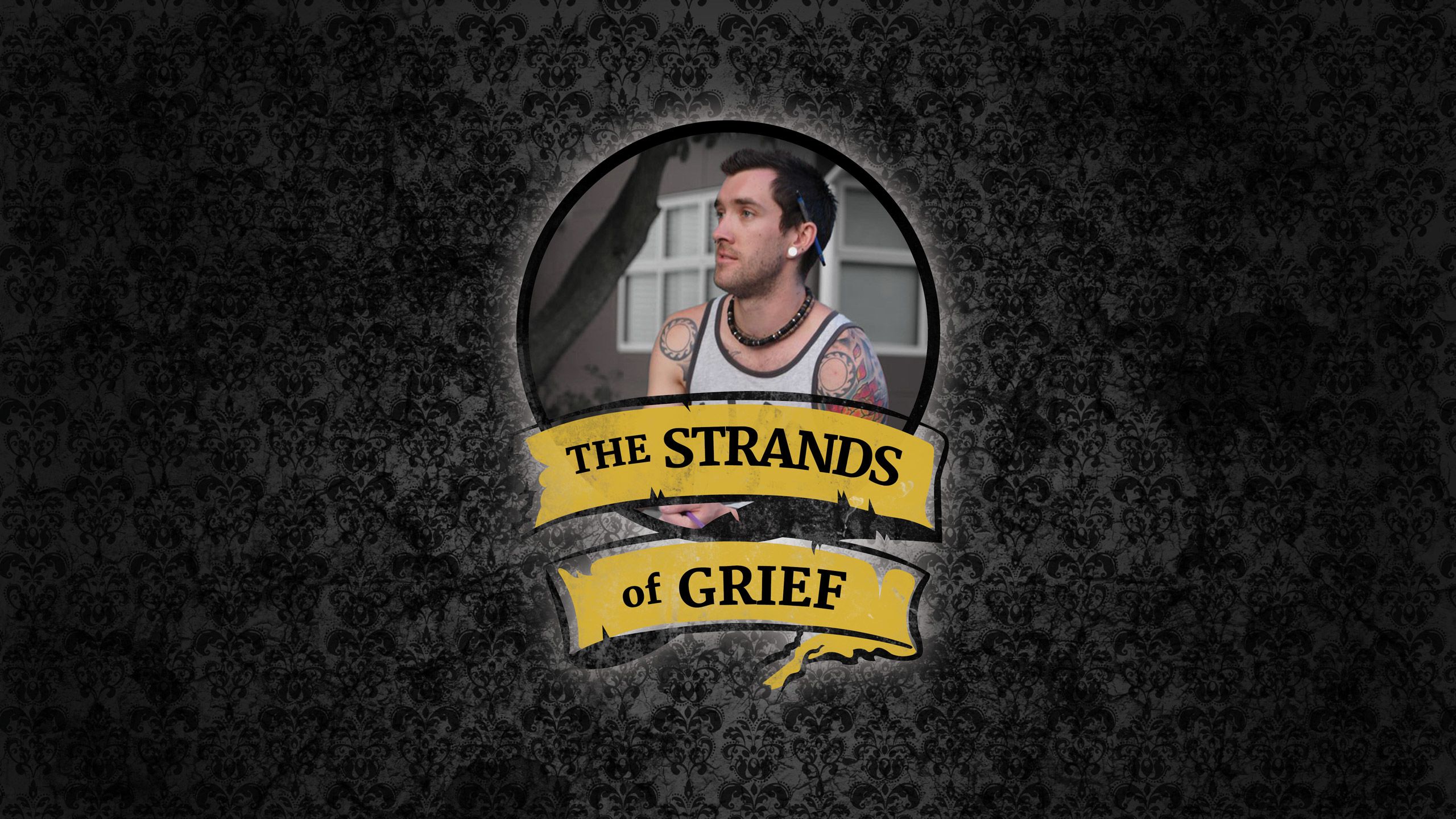
It’s been seven long years since tattoo artist Matthew McEachen was killed by falling masonry during the 6.3 magnitude Christchurch earthquake on February 22, 2011. In part one of a three-part series, Vicki Anderson discovers the pain left behind.
After someone you love has died, the strands of grief are often tugged by special dates.
Birthdays, Mother's Day, Father's Day and other happy occasions can be triggers for sadness. An empty seat at Christmas lunch is a poignant reminder that someone who should be there, isn't.
Bruce McEachen has been the public face of the 185 families who lost someone they loved in the 2011 Christchurch earthquake.
He's been the media spokesperson, the chairperson of the Earthquake Family Trust and devoted countless hours to seeing the Canterbury Earthquake National Memorial - the Memorial Wall - come to fruition.
He and his close-knit family - wife Jeanette, and daughter Sarah - have spent seven years fighting to "find the truth and get justice" for their son and brother.
Matthew McEachen was killed by falling masonry as he tried to flee the Southern Ink building in the February 22, 2011 earthquake.
The building had earlier suffered damage to its exterior walls in the 7.1 magnitude September 2010 earthquake, and had been given a yellow placard by structural engineers.
To go through the trauma of losing your child, then the pursuit of justice while you're grieving...
"You've got to go through it over six, nearly seven years, that's the beast that is draining for a lot of the families," Bruce says, trailing off.
As we sit together on the balcony of the Wigram business he manages on a sunny Monday morning, Bruce reveals the private face of his grief.
We have been talking for about half an hour when the tears spring to his eyes.
"Matthew was a bass player in a death metal band, a tattoo artist with perfect teeth and nice manners," he says. "He was a little guy... kind. Everyone who knew him said he had an old soul."
"It's not the police's fault," he says. "The guys doing the actual work themselves worked their butts off but the latte drinkers at the Crown Law office, unfortunately they don't seem to have much in the way of courage or understand that in cases of the Christchurch earthquake where 185 people died, there needs to be a level of accountability."
We speak shortly after November 6, 2017, when the Real Estate Agents Authority opened its case against Chris Chapman before the Real Estate Agents Disciplinary Tribunal in Christchurch.
The McEachen family feel it is the remaining hope of finding justice for their son.
Chapman, of Harcourts, was the commercial property manager of the building at 593 Colombo St - Southern Ink. After the September 2010 earthquake he arranged for an engineering inspection and the resulting report said the building was not safe for occupancy.
He is facing a charge of disgraceful misconduct for allegedly failing to inform tenants of Southern Ink that the building was unsafe.
With strength in his voice, Bruce says: "There's no corporate manslaughter charge in this country. The law is an ass."
Bruce, Jeanette, Sarah and some of Matti's friends finally had their day in court in early November. "The court decision will likely come back around the time of the 7th anniversary of Matthew's death," says Bruce.
"We feel we have won anyway, even if Chris Chapman doesn't lose his real estate licence, we have made him accountable in our hearts," says Jeanette.
The courtroom was small, claustrophobic. For days Bruce was seated so close to Chapman he could have touched him.
"How is that allowed to even happen?" he says, shaking his head. "That is really difficult. It is taking you right back through the whole thing again."
As an outlet he plays squash. It helps to "smash a ball at 100 miles an hour".
Every Monday for two years, Bruce had the same squash partner. "He was the original structural engineer who made a mistake of putting a yellow sticker on one side of the Southern Ink building and a green sticker on the other side of the building - and they were all briefed by the council not to do that - he played squash with me every Monday for two years.
"After the Royal Commission of Inquiry I never saw him again."
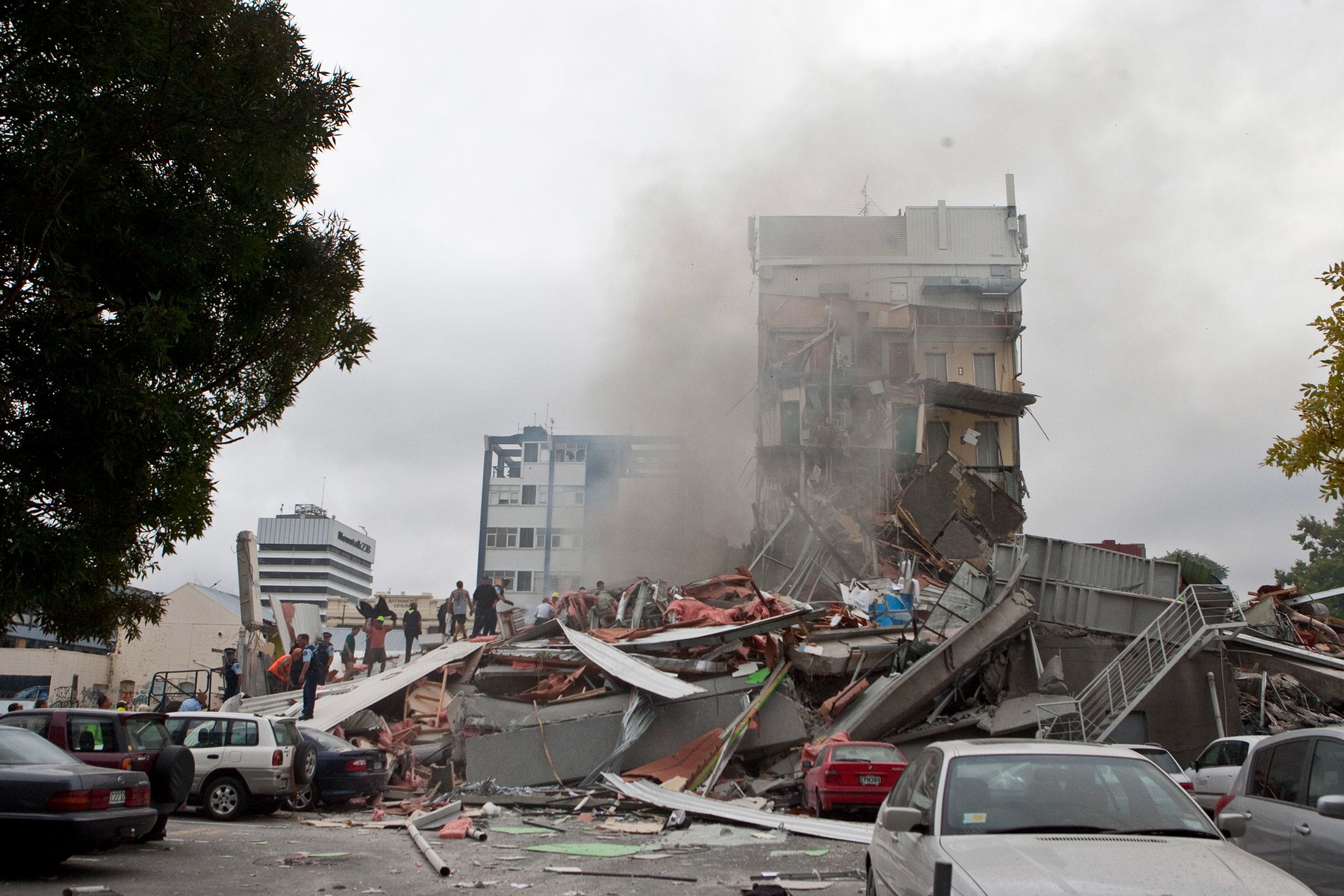
The Canterbury Television (CTV) building in Madras St collapsed during the magnitude-6.3 earthquake on February 22, 2011, and 115 people were killed.
In an email on November 30, 2017, the Ministry of Business, Innovation and Employment (MBIE), told the families of the victims that, after a three-year investigation, there was a decision not to press charges.
The email said police identified significant deficiencies in the CTV building design and considered charging Alan Reay and David Harding, the engineers responsible, with negligent manslaughter.
But, according to the Solicitor-General's prosecution guidelines, the evidence failed to provide a reasonable prospect of conviction in court.
Upstairs at Soular Tattoo in Hornby, the reception area is full. A girl with the most fabulous shade of blue hair is swinging restless legs against the seat. A man in a cap contemplates a tattoo - a buddha with a rising sun.
Owner Matt Parkin bursts through the door, full of energy. Matti McEachen was his apprentice at Southern Ink. For more than six years, Parkin says he has wrestled with the loss of Matti.
"No-one ever told us we weren't supposed to be there. No-one said 'get out'," says Parkin. He looks down at his hands and then up at the ceiling for a full minute.
I specifically wrote an email saying 'I don't feel safe bringing the public in here', we still didn't get told to leave.
"We were told it needed to be strengthened up to 67 per cent of the code but never told we shouldn't have been in there. I have had the guilts for years... hindsight is a bitch."
He describes Matti as a "shining light".
"He was a bright light, an old soul... the guy was something else," he says. "He touched you in a certain way with the words he spoke and the way he carried himself. Genuine, sincere - then you meet Bruce, Jeanette and Sarah and they're all like that.
"I painted a picture of him straight after the earthquakes, I felt really complete giving that to his mum and dad because they loved it."
Ben Atkinson, director of Fill Their Lunchbox, an initiative which gives lunches to disadvantaged children, was one of Matti's best friends and also his canvas.
"We did everything together," says Atkinson. "From our band Athenic through to living together, hanging out and partying.... I remember when he said he was going to be a tattooist and he needed practice skin. I gave him my legs to practice on."
A week before the earthquake, Atkinson went into Southern Ink for work on a tattoo. "We had done a couple of hours' worth and went out back for a cigarette.
From what I remember, it was like an alleyway with what looked like towering brick walls. They were twisted and contorted and looked as if they could topple at any second.
"We had a conversation about it, that it wasn't red stickered so it must be safe. Trust the professionals, right?" says Atkinson.
"These weren't the bricks that killed Matti, that was the facade, but I just remember looking at it in disbelief. Inside there were many cracks and the ceiling looked as if it could cave in at any second."
He carries Matti with him: a tattoo portrait on his shoulder. "I miss Matti every day."
Parkin points to the wall behind my head, to a tattoo machine he found in the rubble of Southern Ink.
"It never ends," he says of the court dates. "It's regurge after regurge trying to get justice. Justice for Jeanette, Bruce and Sarah is what I'm after because I know it will give me a bit of closure too.
"It is a human duty to make sure this can't happen again."
Words: Vicki Anderson
Video: Alden Williams
Design and layout: John Cowie
Editors: Jo Butcher, Alastair Paulin
